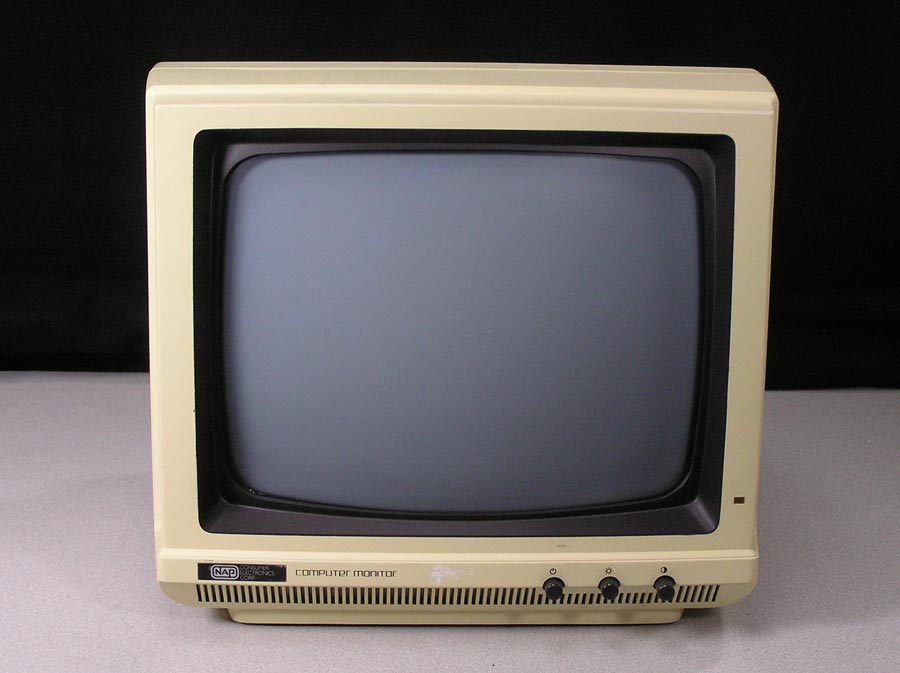

That means if you can't calibrate, even the best monitor can become insufficiently accurate in a couple of years. According to X-Rite, while displays don't drift the way they used to, they can still lose up to 1 Delta E of accuracy every year.

Asus' monitor has three HDMI connectors and one DisplayPort in addition to two TB3 and an unspecified number of USB connections (probably three Type-A connectors, like the UCX).Īsus lets you create custom color profiles and store them in hardware, with inexpensive calibrators from Datacolor and X-Rite, while Apple doesn't. It can support 120Hz variable refresh in 4K Apple's TB3-only connections support DisplayPort 1.2 for a maximum supported refresh rate of 60Hz at its 6K resolution. More LD zones means better isolation of very bright spots from surrounding dark areas. And it's certainly thin and shiny to match all your Apple gear.īut the PA32UCG uses the same full-screen mini-LED backlight as the 1,200-nit model, boasting 1,152 local-dimming zones - twice as many as Apple's. The Apple display is at a higher resolution at 6K and has an OLED-equal viewing angle of almost 90 degrees in any direction. Asus hasn't provided pricing for the PA32UCG, but we can guess that it will be in the same ballpark as Apple's display, and that the stand won't be a $1,000 extra-cost option that doesn't even swivel. It's a sibling to the PA32UCX, Asus' $4,000 pro 1,200-nit quantum dot 4K HDR display, which gives us some idea of what to expect. The PA32UCG joins Asus' new ProArt Nvidia RTX Studio systems in their IFA debuts. Perhaps most important, this isn't Asus' first rodeo with pro monitors. Those features make it appropriate for a broader variety of tasks, such as game development, marketing and product packaging design, collaborating with people who don't necessarily have a $5,000 monitor and so on. Both promise the world for video editing: a peak brightness of 1,600 nits (and sustained full screen of 1,000 nits), true 10-bit color covering at least 99% of P3, reference color profiles in hardware, support for major HDR flavors (like Dolby Vision, Hybrid Log Gamma and HDR10) and subnoticeable (Delta E < 1) color accuracy.īut Asus adds 120Hz variable refresh support, throws in more reference color spaces and user color profiles storable in hardware, has HDMI and DisplayPort connectors in addition to Thunderbolt 3. It's a paper battle between two professional monitors that haven't even shipped yet: the Apple Pro Display XDR and the 32-inch Asus ProArt PA32UCG.


 0 kommentar(er)
0 kommentar(er)
